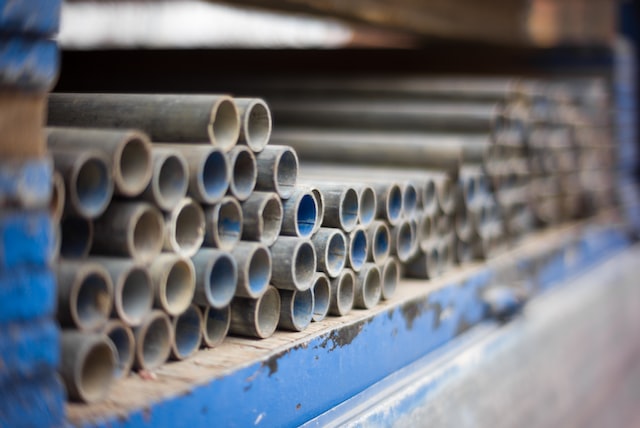UC Berkeley researchers have developed a new material capable of capturing carbon dioxide directly from the air. This breakthrough technology has the potential to significantly reduce greenhouse gas emissions and help mitigate climate change.
The Power of COF-999: A High-Performance Carbon Absorber
The material, a yellow powder called COF-999, is a covalent organic framework (COF) that can absorb substantial amounts of CO₂ from the atmosphere. Just 200 grams (a little under half a pound) can absorb 20 kilograms (44 pounds) of CO₂—equivalent to the amount a tree captures in an entire year.
How COF-999 Captures Carbon from the Air
COF-999 was developed by a research team led by Professor Omar Yaghi at UC Berkeley, a pioneer in COF development since the 1990s. This material has a porous structure lined with amine compounds, which latch onto CO₂ molecules. Its design offers an extensive surface area ideal for carbon capture, with exceptionally strong covalent bonds. As air flows through the powder, the basic amine polymers in COF-999 bind with acidic CO₂, effectively trapping it. Additionally, COF-999 is stable and reusable, making it a promising solution for long-term carbon capture.
A Step Forward in Direct Air Capture Technology
This development marks a significant advancement in the field of direct air capture (DAC), which focuses on removing CO₂ directly from the atmosphere. According to the Study lead Zihui Zhou, COF-999 captures carbon dioxide “at least 10 times faster” than other DAC materials. Once COF-999 absorbs CO₂, it can be heated to 140°F (60°C) to release the captured gas. The captured CO₂ can be stored permanently in underground geological formations to prevent it from re-entering the atmosphere. Alternatively, it can also be repurposed to produce materials like concrete and plastic.






